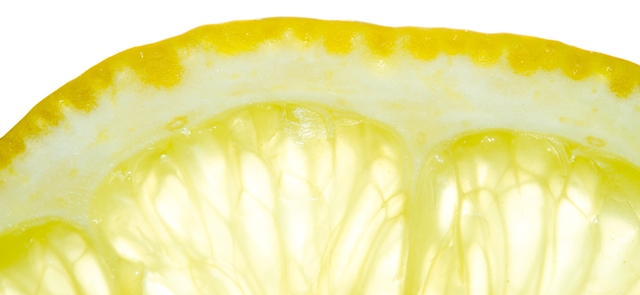
I planned/scheduled this post months ago, and was amused to discover as it drew closer that I’m just wrapping up the last week of the semester — in which we’re studying perfume blending!
Essential oils are an excellent choice for perfumery because they avoid the synthetic chemicals that are present in most of the commercially-available perfumes. You can be a little more lax, though, than you would be if choosing oils for therapeutic purposes, and include some other natural fragrance oils in your blends.
The Basics of Perfumery
It is important, of course, that you know what the individual oils smell like so you can choose ones you like! However, be sure to blend in small amounts and “test” them over a period of time, because sometimes they take on entirely different characteristics once blended together.
The key to perfume blending is understanding the concept of Top, Middle (or Heart), and Base Notes. Consider these a little like notes in a musical chord. For the fullest sound — or scent — you don’t want to be all down in the lower registers, or way up at the end of the scale. You want to be spread out a bit, to round things out.
There’s a lot of chemistry that goes into it, but basically, those scents we perceive as “light” are also actually light. They sort of “float up and away” in a hurry, so we smell them first, but they also dissipate and disappear most rapidly. These are the top notes.
Base notes are the opposite end of the spectrum. Typically scents that are perceived as “heavy,” these are weightier, as well. They linger longest. We may not be able to perceive them right away, though, as they are slower to rise up to our noses.
(This is not the scientifically-accurate version of perfume blending, by the way. This is the practical and accessible version.)
Middle notes, or “heart notes,” as you’ve probably guessed, are somewhere in between. They form the “heart” of a blend because they tie things together.
So know which ones are top, middle/heart, or base notes, and you can do your own experimenting. Keep in mind that these are not absolute categories. An oil might be a base note in relation to certain oils or a heart note in relation to others, for instance. But as a general starting point…
Top Notes
Bergamot
Citronella
Ginger
Grapefruit
Eucalyptus
Lemon Eucalyptus
Lavender
Lemon
Lemongrass
Lime
Mandarin
Neroli (in most instances)
Peppermint
Ravensara
Spearmint
Sweet Orange
Wintergreen
Middle/Heart Notes
Chamomile
Cinnamon (Bark or Leaf)
Clove
Cypress
Fennel
Geranium
Helichrysum
Jasmine
Juniper Berry
Manuka (New Zealand tea tree)
Marjoram
Myrtle
Oregano
Pine
Rosemary
Sage
Tea Tree
Thyme
Base Notes
Cedarwood
Clary Sage
Copaiba
Frankincense
Myrrh
Neroli (with some oils)
Patchouli
Rose
Sandalwood
Spikenard
Vanilla
Vetiver
Ylang Ylang
If an oil isn’t on this list (and you can’t find it listed elsewhere), use your nose! Most of the time, if you perceive it as very light, it will be a top note; if you perceive it as very heavy, it will be a base note; and if you don’t really perceive it as light or heavy, it’s a heart note. Try it based on that assumption and adjust as necessary.
Perfume Blending Tips
Because the base notes are stronger, you will probably want to use more of the top and heart notes than base notes, in order to achieve a balanced blend.
Be sure to smell your blend right away, after five minutes or so, after a little while (maybe half an hour to an hour), and several hours later, so you can get a feel for how the fragrance develops. Remember, different notes will make themselves more apparent at different intervals, so you want to make sure you love it as much after a day of wear as you do when you first put it on!
How to Use Your Blend
I highly recommend you not just apply your new blend to your skin, full-strength. Not only would that be an expensive way to use it, it fails to account for the possibility of “hot” or sensitizing oils, and ignores the therapeutic properties of the oils.
A Vessel necklace is a fabulous way to use the blend full-strength and yet avoid applying it to your skin.

However, there are many options for dilution, as well.
- You can create a liquid perfume by blending 2 parts of your completed blend with either 8 parts alcohol (high-proof, like vodka) or 7 parts alcohol and 1 part distilled water.
- You can create a solid perfume by making a hard lotion and, after removing it from the heat but before allowing it harden, quickly stirring in your perfume blend. (Again, aim for no more than about 20% essential oil blend.)
- You can dilute it in a liquid carrier oil as you would essential oils for therapeutic purposes, and store it in a roller bottle.
- You can add a few drops to a bottle of your favorite liquid soap, shampoo, or conditioner.
- If you choose to add it to something that will be applied across a large portion of your body, dilute it more heavily, especially if that something is to be left on (like lotion).


[…] How to Create Your Own Signature Perfume […]